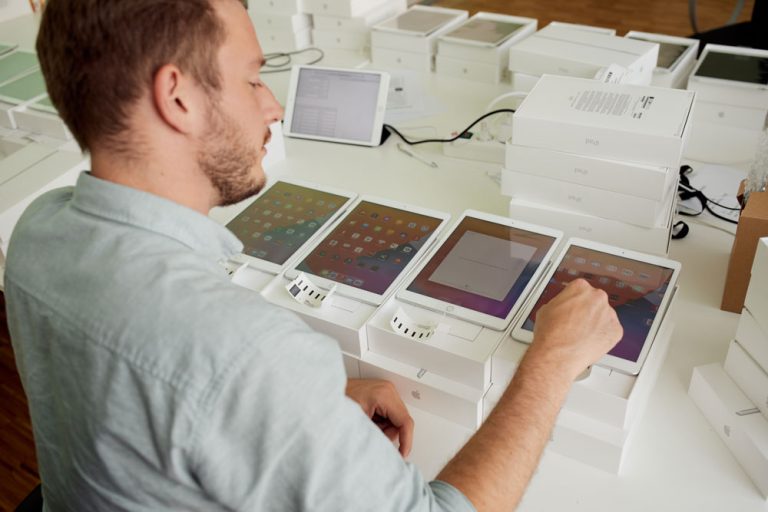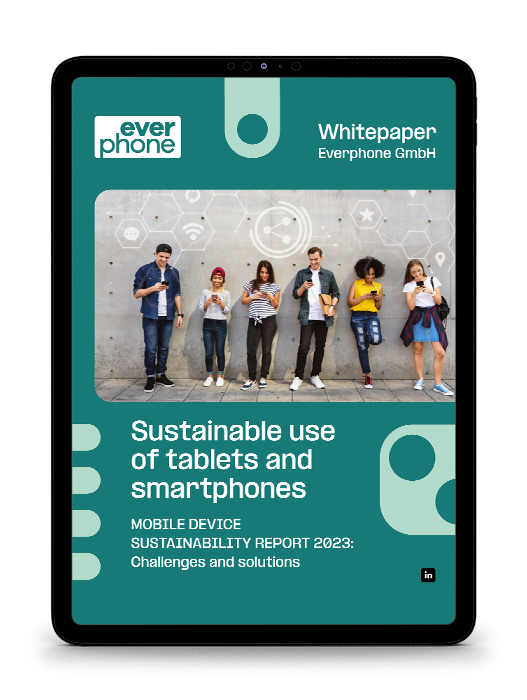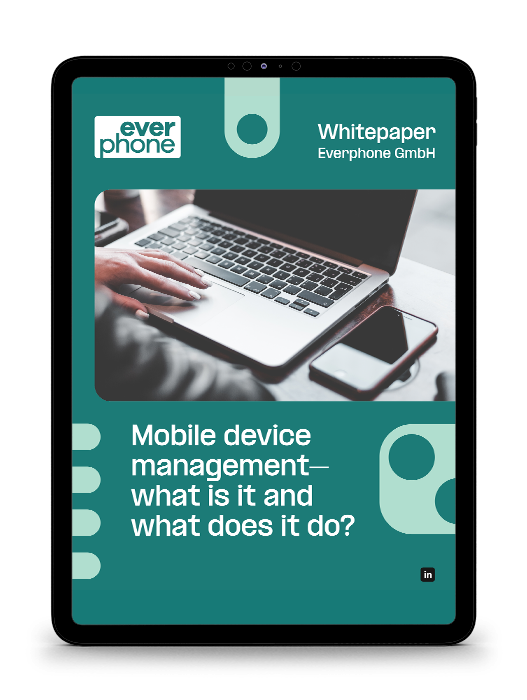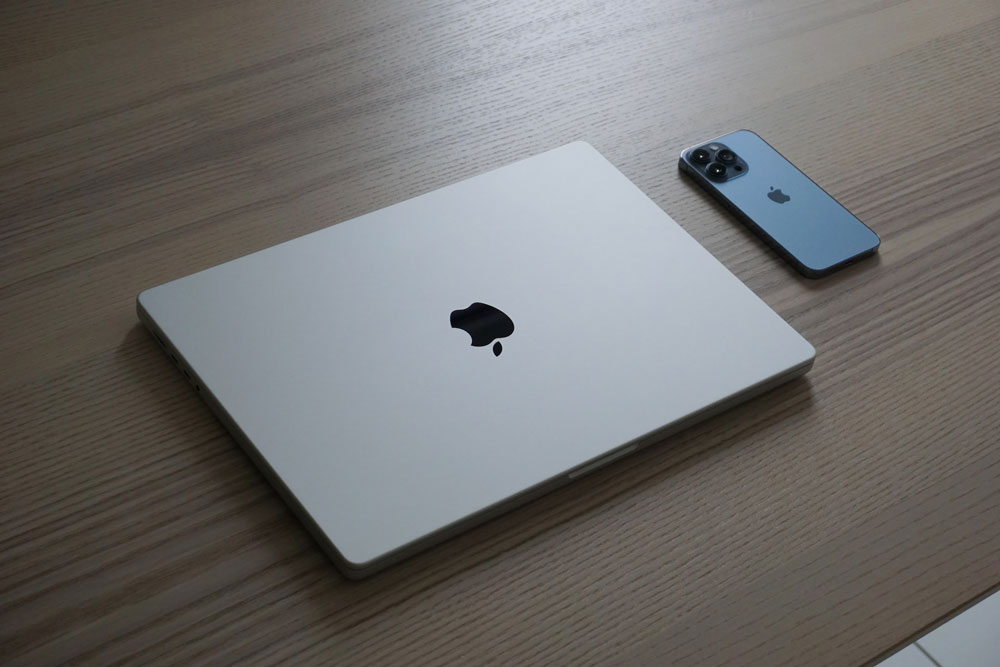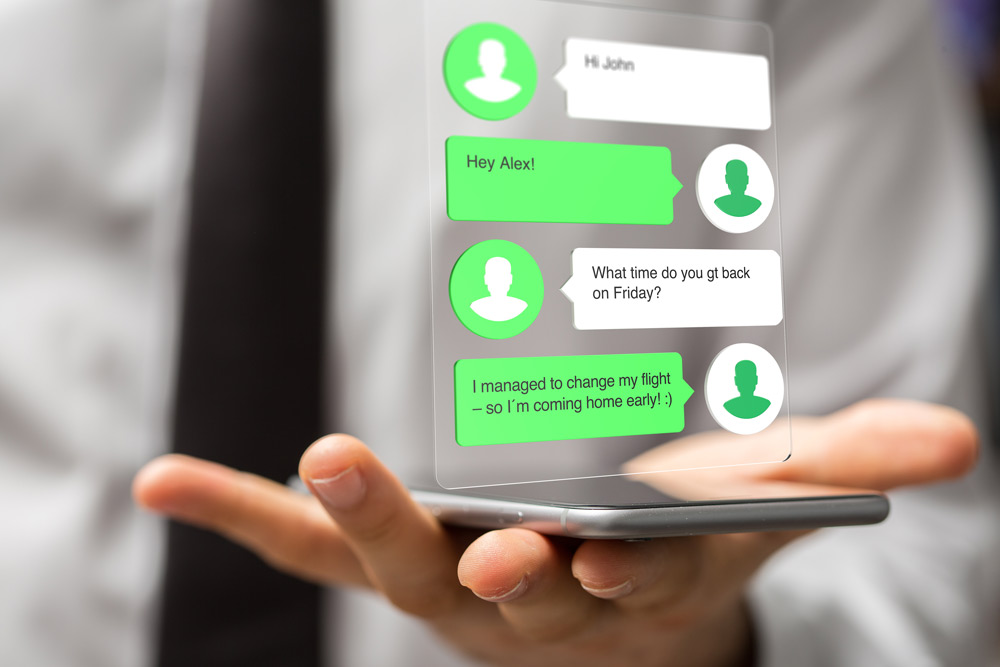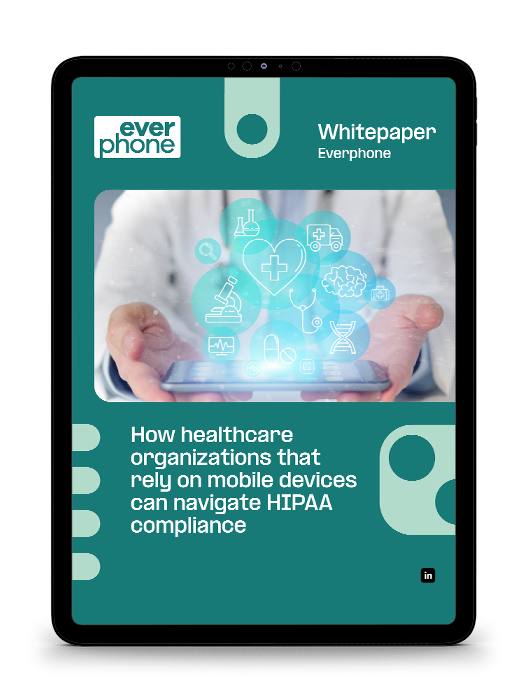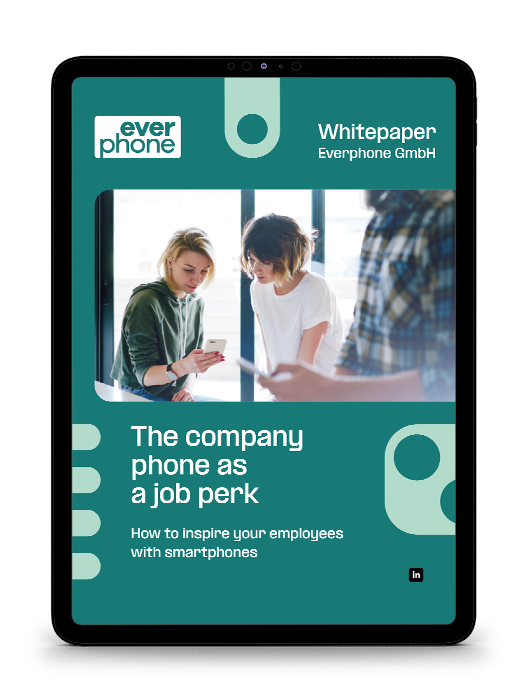Both your staff and your customers are changing. Not only are millennials and Generation Z coming into the workforce, but they are also where the buying power resides. These people see the mobile platform as the only viable way of doing business, therefore, you must make your business available to them. Otherwise, you will steadily bleed customers and revenue.
Increasingly customers want to provide services themselves when it suits them. For that to happen, your applications must be available 24/7/365, so they can interact with your company when they want to, not when convenient for your business.
With the ubiquitous use of mobile devices in today’s business world, companies must have a strategy for mobile work.
Goals of a mobility strategy
Mobile devices have, and continue to, revolutionize the modern workplace. Still, to make a meaningful impact on your organization, you must have a mobile strategy to deal with these devices.
This strategy must be business-based, enabling the organization to deliver exciting, different business processes quickly. The design should not be about managing mobile devices but about allowing the business to take advantage of the opportunities presented by these devices.
Security of your core business systems and data should be paramount, but the strategy must look at making new business processes available to staff and customers. It must engage your customers, excite them to the possibility of engaging with your organization, it should boost your employee’s productivity, and cultivate a new way of doing things.
Mobile work
Some of the goals of a mobility strategy should be:
- The organization’s core business systems, both manual and computerized, must be made ready to be connected to a workforce using company smartphones and company tablets to increase productivity.
- Access to your core systems should be permitted for your customers, so these systems should be set up in such a way as to allow this.
- Employee and customer privacy and data retention issues must be resolved alongside security requirements for your core business systems.
- The organization’s infrastructure must be set-up to be flexible enough to make quick changes but robust enough to deal with seasonal fluctuations or special promotions.
- The company’s human resources must be trained to adapt to working in a new way as their customers are in contact on a 24/7 basis.

How to develop a mobility strategy
Implementing a mobility strategy is not for the faint-hearted and needs to be carefully planned if it is going to be successful. This strategy should not start and end with “How do we connect a smartphone to the network?” That is not the question that should be asked. Let’s look at a few steps to help you devise your strategy.
Step 1: What are the business goals for this strategy?
This strategy must enhance the business. Ask yourself how your staff and customers access your business now and how you would like them to do it in the future? How will these new ways of accessing your company benefit the company and the customer? How will you be able to take advantage of these new methods and use them to enhance both staff and customer experiences?
What new apps or software must be developed to allow this to happen to take advantage of these new opportunities?
Lastly, what about your infrastructure and your internal processes? Are they robust and flexible enough to allow all of this to happen, and if not, what must be done to get them to a state where they can support this?
Step 2: Decide on how you set up this experience for the staff and customers
You will need to decide whether to create a website where customers and staff can access your core business systems or create a dedicated app that must be downloaded from an App Store and loaded onto a mobile device.
If you select a website, it must be tuned to work well on small screens. Security for the website must be watertight, and decisions must be made around protecting your data accessed by the website.
If you choose to develop an app to be downloaded, many development issues need to be determined, the most basic of which is to create two apps; one for Android and one for iOS.
Both of these methodologies have benefits and drawbacks. This decision needs professional guidance.
Step 3: Be critical of your application development and delivery
In today’s business world, mobility is synonymous with agility. This means it is impossible to develop applications as done in the past.
The long process of analysis, specification, development, testing, and release will not work in this new environment. The entire development infrastructure must be changed to allow for speedy development of new ideas that can be quickly but securely rolled out to the customer.
Your development environment must be agile enough to take advantage of any new opportunity and beat your competitors to accessing it.
Step 4: Management of information
The data must be at the heart of any mobility strategy.
How is the data to be accessed by these devices, and more importantly, how is that data turned into information for your staff and customers? Do you have all the data you need? What protection does that data need once it leaves your core storage facility? How will it be secured over networks, and will it be cached on a customer’s device?
You must pay close attention to protecting your company’s data assets while providing information to your staff and customers.
Step 5: Security
The security of your company’s core business systems and processes must underline all these new developments. Being agile and responsive does not imply that you are careless.
It would be best if you had a strategy for ensuring that people are who they say they are and that they can only access the data they are entitled to access.
Work with world-class security experts to ensure that the new development methodologies you implement to take advantage of new business opportunities do not inadvertently allow malicious software to be injected into your databases and systems.
Your security cannot only be aimed at securing a smartphone or tablet. It must consider all the aspects of this new way of doing business.
Balancing the user experience with ensuring your company is protected is no easy task. If the security makes it extremely difficult for customers to use your systems, they will walk out the door and refuse to use your apps. Many features such as biometrics and geolocation are available on mobile devices that can assist in securing your systems.
Step 6: IT governance
Within the organization, decide who will be responsible for the mobility strategy and its implementation. Every department will feel that they have some form of ownership, leading to a fractured performance. One area must have full ownership and set the policies to manage the mobility development.
This is not going to be a one-off project. Your mobility strategy must allow for ongoing investment as new technology, and new business opportunities arise. Your design must allow the organization to take advantage of and exploit those opportunities as they arise.
Part of the strategy: Providing the hardware
Concentrate on formulating a strategy and getting an advantage for your company through this new way of work, not on how to purchase smartphones and tablets for your employees. Many employees may want to use their personal smartphones, but there are clever ways of providing mobile devices for employees. You can even think about it as a employee benefit or roll the devices out as digital Christmas gifts.
The provisioning and use of mobile work equipment can be intelligently done without increasing the workload for the IT or Services departments or being an ongoing capital expense.
Outsourcing this to a company specializing in “Device as a Service” (DaaS) will be beneficial both from a cost and workload perspective.
Device as a service (DaaS)
Some years ago, Device as a Service (DaaS) was unknown in the IT environment, but by 2015, this had become mainstream for the supply of PCs, laptops, and other computing devices, and three years later, it is a mature business process for smartphones.
What is DaaS?
DaaS is where the management of equipment such as PCs and other IT devices, such as smartphones, is bundled into a paid subscription. This is an alternative to an organization purchasing these items outright.
Benefits of device as a service
There are many benefits to having DaaS in place. Let’s look at some of the most common benefits.
Costs
Bundling the acquisition and management of these items to an outsourced supplier simplifies the management of these devices and moves the cost to where it should be.
Too often, IT budgets are filled with line items to purchase hardware devices such as smartphones. These are treated as capital expenditures and become an asset, with all the attendant management, when they should be an operational expense, justified for and managed by the line manager of the person using the phone.
This moves the cost to a predictable, monthly budget item that is easy to identify and manage.
Scalability
With a DaaS model in place, it is easy to scale up and down depending on the requirements. The needs within an organization shift, and the availability of mobile devices should reflect the company’s current needs. It is no longer necessary to end up with unused assets on the shelf in a safe or have employees waiting for approval to purchase new hardware.
Access to the latest technology
As new technology becomes available, employees can harness it in their jobs. With a DaaS model in place, it is possible to harness this technology without a considerable investment in new handsets.
Legal compliance and security
The phone is set up to the customer’s specification, ensuring that the highest levels of data security are employed. At the same time, the supplier is mindful of the latest requirements in terms of privacy and GDPR compliance. For smaller companies, this is vital to ensure legal compliance.
Reduced workload on IT and office services
Scarce and highly paid IT staff should not be used to field queries regarding the purchase and setup of company smartphones or company tablets. By setting up policies for a supplier to follow, there is no need for the IT staff to interact with their peers who are looking to get or upgrade a smartphone. With the authority of the line manager, a phone can be arranged and delivered in a short time, ensuring there is no loss of productivity.
Lost or stolen phones can be replaced quickly, reducing employee frustration and a loss of productivity.
Employee productivity and satisfaction
Employees have access to the latest technology, and when a company smartphone or company tablet is lost, stolen, or broken, a replacement can be made available at very short notice. No longer are there long delays waiting for a phone to be repaired or replaced, so people are quickly back to working efficiently.
Final thoughts
A mobility strategy is essential to ensure organizations survive in the business world of the 21st Century. A clear strategy based on business needs and benefits should be drawn up and part of that strategy must be providing staff with the hardware needed to run the new systems.
Therefore, it makes business sense to have these devices’ ownership, management, and maintenance of them handed over to a specialist company that has the workflows to manage them.
This is the first step toward Workplace-as-a-Service (WaaS), where the organization recognizes that all computer hardware such as laptops, personal computers, screens, and other devices can be managed similarly. This makes sound business sense, as it frees the organization from the ongoing management of these business tools.

